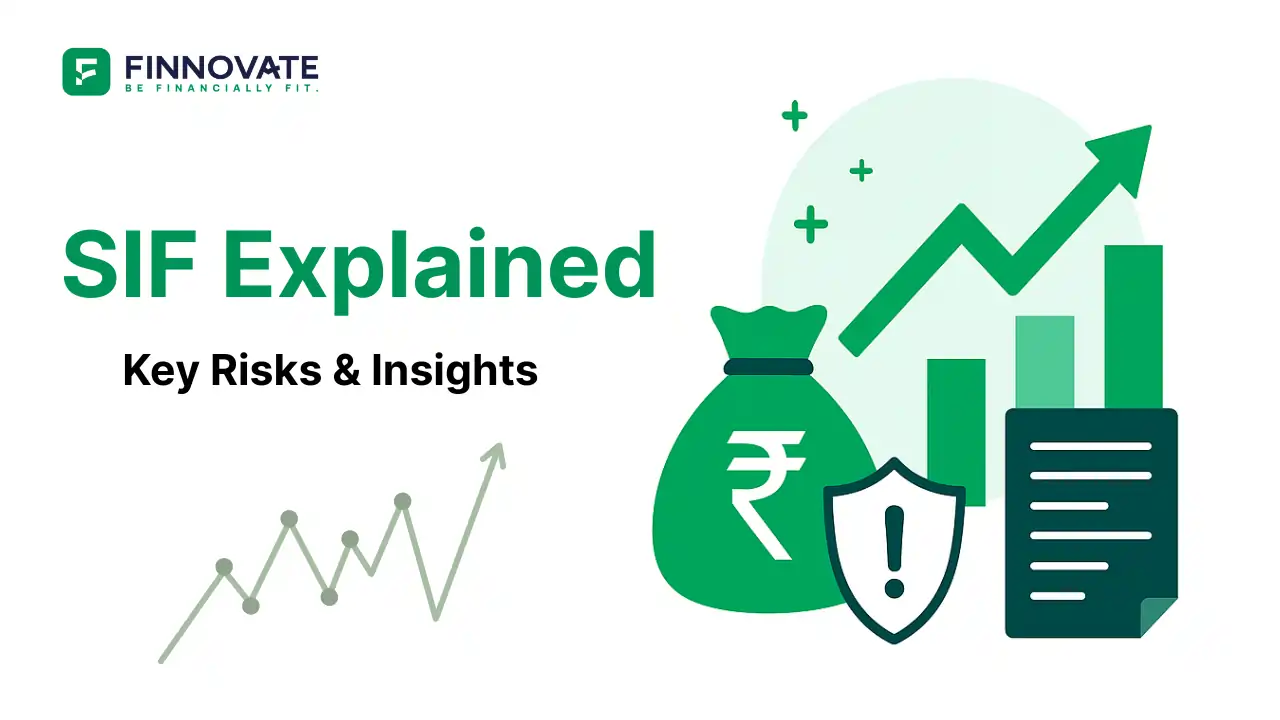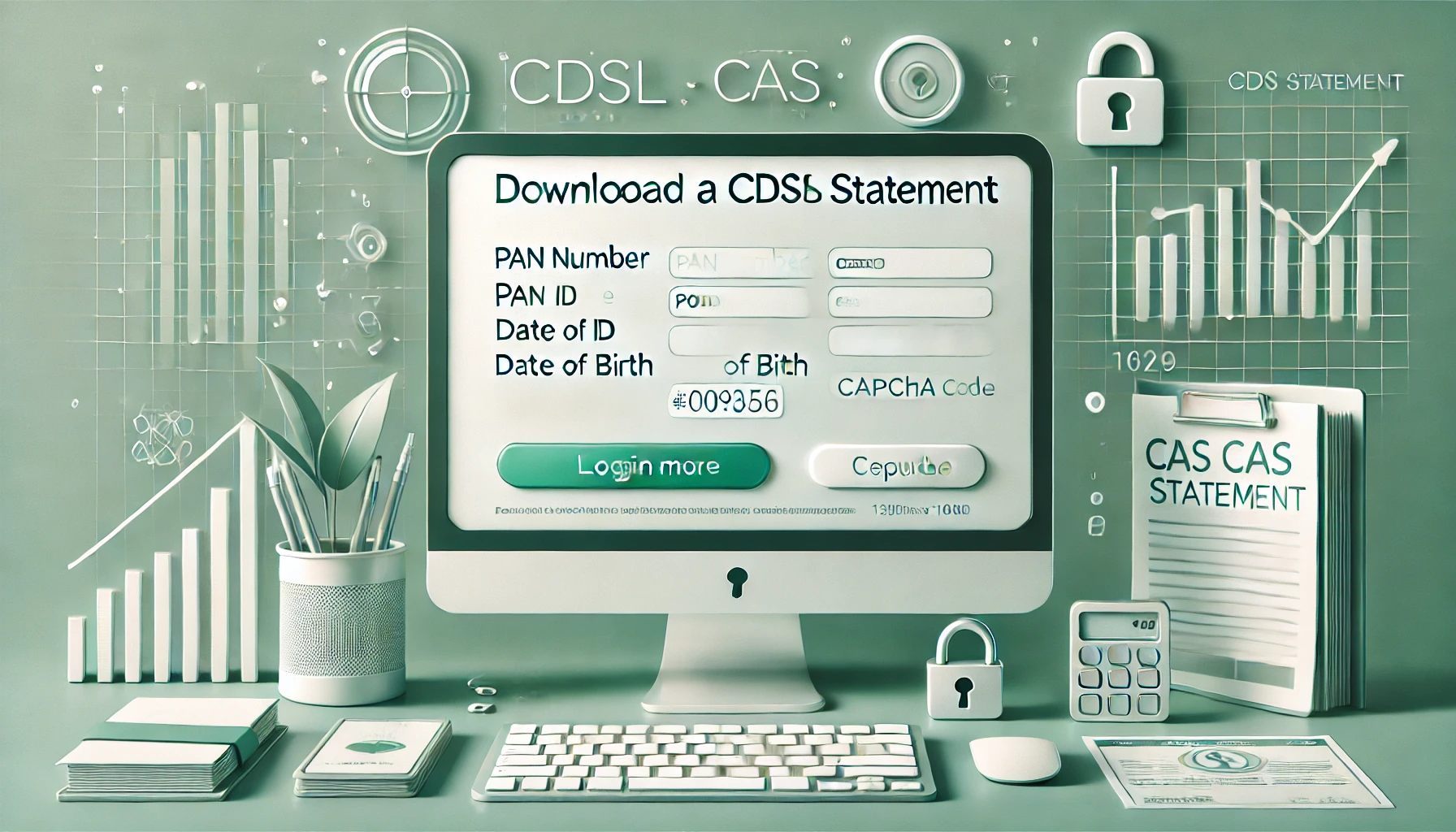
SWP vs Annuity: Better Monthly Income in Retirement?
Compare SWP vs annuity for monthly income. See ₹2 crore example, tax angle, risks, and a...
Short answer: Yes - when you withdraw through an SWP, you’re selling units. Only the gains portion of those units is considered for capital gains, not your entire payout. How much is taxable depends on what kind of fund you’re withdrawing from and how long you’ve held those specific units.
If you’re new to SWP itself, start here first: What Is SWP in Mutual Funds? Meaning, How It Works.
Most confusion comes from mixing up three different things:
Keep those three in view, and most SWP tax questions become manageable.
When your SWP pays ₹X, the fund sells units worth ₹X at that day’s NAV. Each sold unit has a cost of acquisition (what you paid for it) and a sale value (current NAV × units). The difference is your capital gain (or loss). Tax applies to that difference, not to ₹X itself.
Principal vs. Gains: When you make an SWP withdrawal, the fund sells a portion of your units.
Taxable Portion: Only the capital gain is taxable.
Example: If you receive a ₹10,000 SWP payout and ₹6,000 of that is the principal, the remaining ₹4,000 is the capital gain and is the amount subject to capital gains tax.
Two implications worth noting:
In Indian mutual funds, redemptions are calculated on a FIFO (first-in, first-out) basis, so the oldest units are deemed sold first. That matters for your holding period calculation. For example, if you invested at different times, your SWP might be selling some units that are well past the long-hold threshold and some that are not - depending on how much you withdraw each month and how the NAV has moved.
This is why two people with similar portfolios can see different tax outcomes: their purchase timelines (and thus which units are sold) are different.
Tax concepts for capital gains vary by fund category (equity-oriented vs non-equity) and by the holding period of the units sold (short vs long). The rules also evolve over time. Rather than memorising rates in an article, anchor on the framework:
Note: For some non-equity (debt) categories purchased on or after April 1, 2023, tax treatment differs from older rules (e.g., indexation benefits may not apply). Your CA can confirm the current position for your lots.
Example A: “Just started withdrawals”
Rina began an SWP only a few months after a fresh purchase. Her first few payouts largely sell recent units. The gains portion could be small (or even a loss if markets dipped). Her tax for those months may be modest, even though she’s receiving the same cash each time.
Example B: “Older units now being sold”
Arun has been invested for years. His SWP now sells older units. Depending on the category and current rules, those sales may have different capital gains treatment than if he were selling recent units - even though the monthly payout amount is unchanged.
The point: same cash to your bank ≠ same tax outcome. What matters is which units you sold and what they classify as today.
In real life, your SWP withdrawals across the year might include some losses on certain units and gains on others (e.g., if markets were choppy). India’s tax code allows set-off of certain capital losses against capital gains (with category rules) and carry-forward for a limited number of years. This can materially change year-end tax due versus what you’d assume month by month.
Generally, capital losses set off only against capital gains (subject to category rules) and cannot be set off against salary or interest income; carry-forward is permitted for a limited number of years as per current law.
NRI note: TDS rules may apply to mutual fund capital gains for NRIs. Confirm the current TDS and filing treatment with your CA
A calculator can’t give you a final tax bill - that depends on unit-level history and current law. But it can help you choose a sensible monthly amount that your corpus can sustain, and show how long money might last under different withdrawal rates.
Want a directional sense-check before you set your payout? Compare scenarios in the SWP Calculator.
Schedule My Tax Clarity Call | Need Assistance in SWP Planning, let's discuss
Think of SWP taxation as a framework, not a table to memorise. You sell units to fund your payout; tax applies to the gains portion of those units based on what you own and how long you’ve held it. Keep clean records, set aside a small tax reserve, and review the plan once a year with your CA. The goal is predictability - of cash flow and of surprises.
Before setting your amount, pressure-test a few options: Model your drawdown in the SWP Calculator.
1. Is the entire SWP amount taxed?
No. Tax applies to the gains portion inside the amount, not the full cash credited.
2. Why do two people with the same payout have different taxes?
Their unit histories differ. FIFO may be selling older units for one person and recent units for another, leading to different holding periods and treatment.
3. Can I reduce my taxes by changing the SWP date or frequency?
Changing dates doesn’t change unit cost or category. It may affect which months you sell more/less, but the core tax mechanics remain: gains on units sold under current rules.
4. Do losses in some months help?
Potentially. Set-off/carry-forward rules exist, subject to categories and timelines. Have your CA compute at year-end.
5. Should I change my investment mix to reduce tax?
Mix decisions should reflect risk, goals, and cash-flow needs first. Tax is a factor, not the driver. Revisit your plan annually.
Disclaimer: This article is educational and platform-neutral; it is not investment or tax advice. Examples are illustrative; taxation depends on your unit history and current law. Please verify with your CA or a SEBI-registered investment professional.
Popular now

Learn how to easily download your NSDL CAS Statement in PDF format with our step-by-step g...

Explore what Specialised Investment Funds (SIFs) are, their benefits, taxation, minimum in...

Learn How to Download Your CDSL CAS Statement with our step-by-step guide. Easy instructio...

Looking for the best financial freedom books? Here’s a handpicked 2025 reading list with...